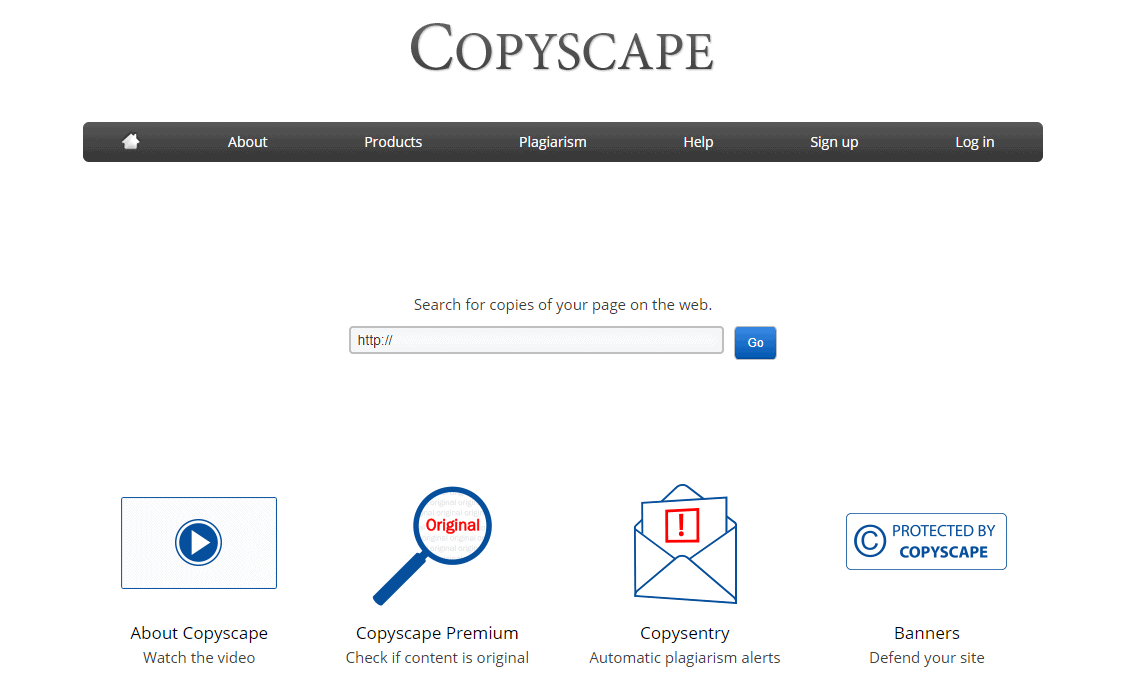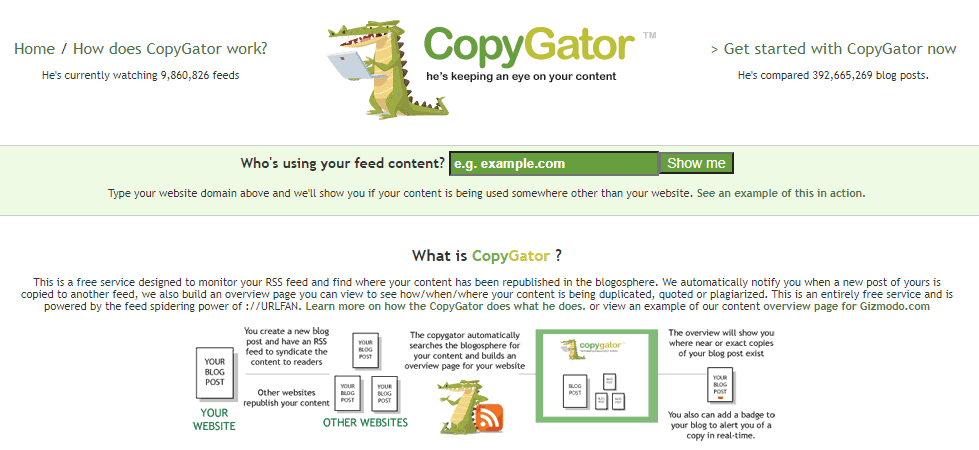It’s a pity! I wrote the same thing! A blogger might have said those in shock when he saw content almost identical to his earlier post on another blog. The fact that people copy and paste your content under their name doesn’t only indicate you are worried about the content; it is an indication the content is worthy to be read. All content writers and bloggers, however, are curious if their content has been stolen.
Check it out using the following online tools:
1. Google Authorship
Google Authorship is a great place to start. Using Google Authorship, the content you publish on a specific domain can be linked to your Google+ profile, as is well known. It serves as evidence that you are the writer of that content as the author’s name and image appear below its title on Google. The control you have over your written material is another indicator.
2. Google Alerts
Google Alerts work by notifying Google of particular phrases you’d like to monitor. Whenever you mention a particular phrase or keyword to Google, or the name of your blog, you will receive an email notification. In addition to the writer’s uniqueness, it is recommended to consider a long-phrase.
3. Copyscape
In the event that your post has been stolen, Copyscape can help you detect whether it has been stolen completely or in part. It is available in both a free and a paid version that verifies the authenticity of content purchased by online content publishers. Additional benefits can also be derived from it. Whenever a URL or text is provided in Copyscape, a list of similar websites is displayed. Websites hosting plagiarists can be warned against copying content by Copyscape banners.
4. CopyGator
You can use CopyGator for free in order to find out where copied material is located in your RSS feed. When it is discovered that two blog posts resemble one another, the overview page displays this along with details whether only a few elements or the entire posting match!
5. Grammarly
The Grammarly service includes grammar and proofreading, as well as plagiarism detection. More than 250 grammar rules are checked for adherence by its proofreading and plagiarism-detection features. Over 250 grammar checks are performed, then the document is proofread and plagiarism is detected, and finally a list of possible errors is displayed.
6. Plagiarisma
Those who do not register with Plagiarisma will be limited to 5 searches per day and 5000 characters. Registering allows you to increase the daily search limit to ten. The tool is free to use, but a premium version removes the 5000 character restriction. It offers free plagiarism detection software for Windows on its website. You can load an HTML, DOC, or PDF document of the particular content you wish to work with or search for it by typing in the URL, pasting the text, or loading the HTML or DOC file directly.
7. Plagium
Plagiarism can be checked through Plagium for an entire URL. Paste up to 25,000 characters into the search box provided by the tool, and the tool will check for duplicate posts automatically. In addition, it provides a paragraph-by-paragraph analysis of the text by breaking up paragraphs according to grammar and usage rules, which are then retrieved from the World Wide Web to provide an accurate analysis. With a premium choice, however, the restriction on characters can be removed.
8. 33Across
Your site automatically recognizes copy-pasting activity with 33Across. While it is not a plagiarism checker, the fact that it indicates how many times your content has been copied and pasted is definitely useful. Adding the provided code to your blog is how this is done. If your post is copied and pasted on another website, it will link to your blog. Through 33Across, companies can copy-paste activity, find keywords, share content, analyze social media interactions, and analyze inbound and outbound search terms.
9. WordPress SEO by Yoast
You can add certain code to your RSS feed by using this WordPress plugin. Once your content has been republished elsewhere, it creates a link back to your site. Scraper software automates republishing of content from various websites on some blogs. You will receive a link back at least if your blog is among those scraped for the scraper script.
10. Duplichecker
The Duplicate Checker limits each search to 1000 words with only three searches per day. An analysis of text entered in a text box is conducted to determine whether or not it is plagiarized. Register and upgrade to the premium account to remove the restriction on 3 searches per day.
Conclusion : How to Find Out if Your Blog Content is Being Copied?
Several ways to combat plagiarism were outlined above. The Creative Commons license, however, is gaining in popularity these days. As such, people may conclude that copying your content is not harmful to you. You will usually be respected for your post morally. Do not give up on protecting your article. Start now. It would be appreciated if you readers shared more of these tools and techniques. Wild World Web is getting out there through the World Wide Web.
Quick Links:











